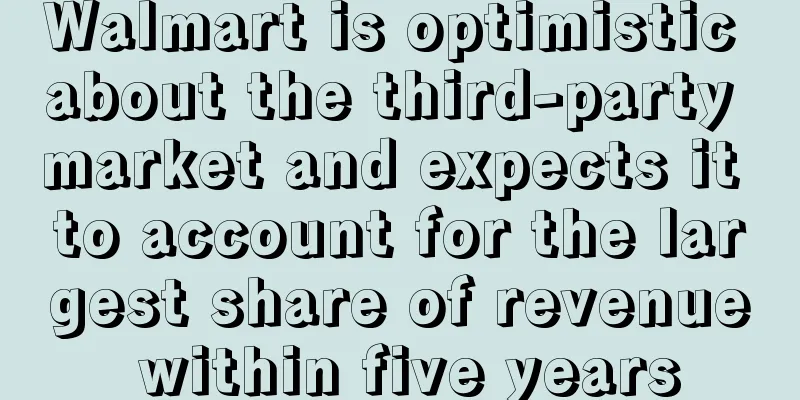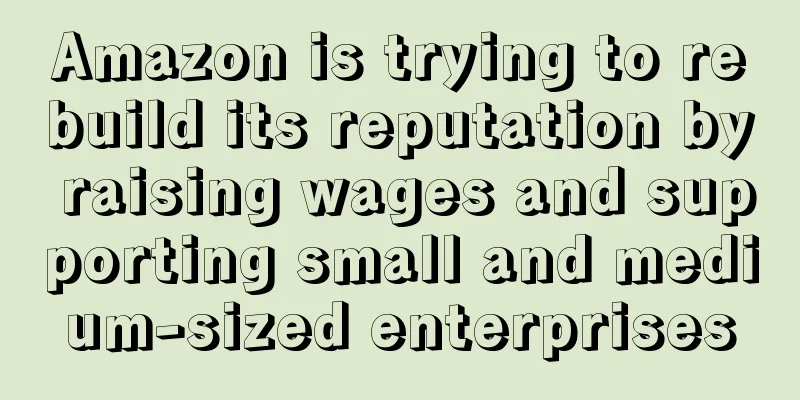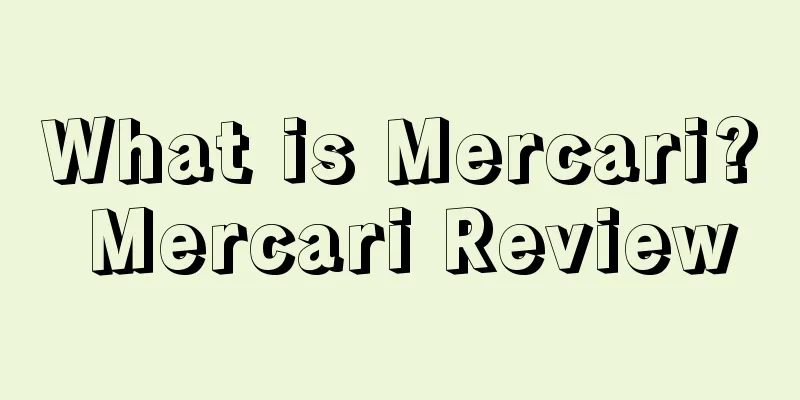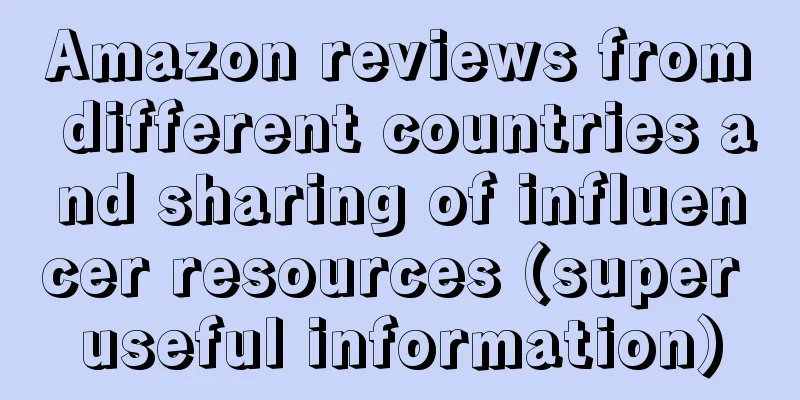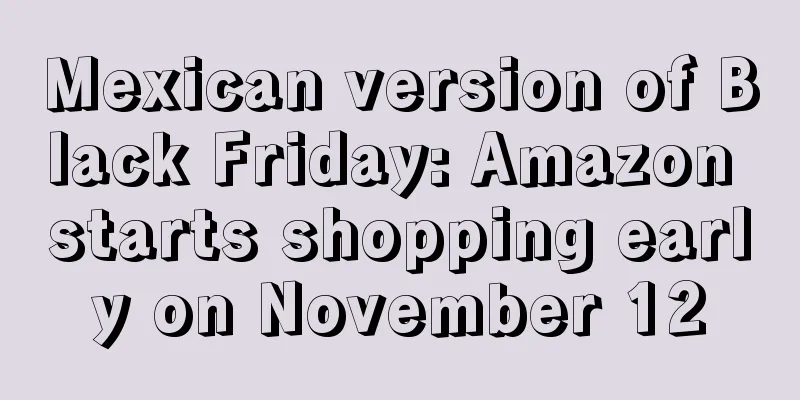Amazon mobile traffic merge! Sellers will get a small bonus period soon

|
Recently, Amazon announced that it will shut down its Amazon Go application at the end of the year, and all original functions and orders will be integrated into the Amazon main app! This is a major move by Amazon to streamline its shopping services and mobile apps so that customers can use Amazon's main app for all online and in-store shopping, rather than having to download separate Amazon apps to buy specific items. Including Amazon Go, Amazon has many niche apps offline and online, such as Amazon Books, Amazon Fresh and Amazon 4-star, etc. These niche shopping software/channels have their own loyal and stable consumer groups. If you want to buy books, you may go to Amazon Books instead of Amazon apps. To a certain extent, this is actually a diversion of Amazon's main mall business. In the past period when Amazon was the only one in the market, this diversion was considered to expand its territory, allowing Amazon to spread its network and expand its territory in more vertical fields. This is not the first step of Amazon's business "retraction". In May of this year, Amazon also merged its independent delivery business "Prime Now" back into the main Amazon program as one of the optional delivery services for shopping in the main mall. Amazon is indeed gradually merging various independent functions or channels into the main mall. Now Amazon is gradually pulling back these scattered branches and leaves, integrating the vertical businesses one by one back into the Amazon Mall. What is Amazon's plan? Is this a simple business merger, or is Amazon also preparing to "band together for warmth"? The pros and cons of merging independent vertical businesses We all know that Amazon's overall platform has not been doing very well recently. On the one hand, it has to face antitrust scrutiny and sanctions, and on the other hand, the platform's overall traffic and order performance has entered a period of stagnation. After a surge in traffic caused by the epidemic last year, the overall traffic is relatively weak, and it is difficult for small and medium-sized sellers to get traffic from the top sellers. Coupled with the closure of big sellers in the middle of the year, the overall performance of third-party sellers is not ideal. Many sellers are working on other platforms. Seeing that Amazon's most serious seller loss is about to come, what is Amazon's answer to this? It is to merge independent businesses this time to give blood transfusion to the main mall. Although the traffic of these independent businesses of Amazon is not as good as that of the main mall, they are also platforms that Amazon has operated for many years and have a certain user base. Integrating these businesses into the main mall will inevitably integrate the users of these independent platforms into the main mall. Once users develop the habit of shopping in the main mall, they will also solve other shopping needs on Amazon. For example, I am a loyal book fan and often buy books on Amazon Books. Now that this app has been merged into the main Amazon mall, I can continue to buy books there, but I can also buy other things there. Then, when I buy books, I will definitely browse or even order other products I need. Gradually, I will develop the habit of changing my shopping habits from other places to Amazon. This is a very natural logic. Therefore, the merger of independent peripheral businesses into the main mall is definitely a big benefit to our third-party sellers. Amazon also wants to use this move to revitalize the current traffic pool in the main mall. You must know that Amazon's e-commerce share has already crushed other platforms around it. It is a rare opportunity to have such a wave of fresh blood. Sellers should pay attention to this window period. Although this wave of traffic will definitely benefit all categories in the end, after all, consumers come from vertical platforms. In the early stage, they will definitely tend to prefer products or peripheral products of the original vertical category. For example, customers who come from Amazon Books may buy some physical book peripherals such as bookmarks, storage, etc. in addition to buying books in the early stage. |
<<: Amazon no longer offers free shipping for Prime members
Recommend
Store brands disappear?! Amazon sellers suddenly encounter difficulties
Recently, some sellers in our communication group...
What is Foot Cardigan? Foot Cardigan Review
Foot Cardigan is a sock club founded in 2012. User...
What is ECPSS? Review of ECPSS
Huichao Payment Co., Ltd. is a third - party payme...
What is Brand24? Brand24 Review
Brand24 is the most effective way to monitor your ...
Stop saying that you can’t find any off-Amazon channels for your competitors!
If the order volume of a competitor has been stabl...
The container volume on the China-US route has dropped significantly, and Matsun’s revenue and profits will both decline in 2023!
It is learned that recently, Matsun Shipping annou...
Broken entrepreneurial dream: Two people started Amazon together, but now their relationship has completely broken down! How can I protect my own interests? What should I pay attention to in the content of the share agreement?
Anonymous user My C position Situation summary: Tw...
Spending will increase by 30% year-on-year! In 22 years, American consumers have a high demand for this category!
<span data-shimo-docs="[[20,"获悉,根据在线研究机构St...
What is Dezong International Logistics? Dezong International Logistics Review
Dezong International Logistics (Shenzhen Dezong In...
What is Shopping Actions? Shopping Actions Review
On March 21, Google announced a new plan called &q...
Cats save the world! This category's demand surged 117% during the peak season, and it's a bestseller on Amazon!
▶ Video account attention cross-border navigation ...
After studying more than 1,000 hit cases last year, I discovered the three most profitable secrets of Amazon
What is the most important thing in cross-border e...
What is Chaoxi International Logistics? Chaoxi International Logistics Review
Xiamen Chaoxi International Freight Forwarding Co....
Clothing is the most returned category by American consumers, with size issues ranking first
It is learned that on February 20, according to fo...
The number of Walmart+ members is nearly 100 million less than that of Amazon members! But Walmart+ members make more money
It is learned that according to the latest data fr...

